
Tonkotsu
-
Posts
93 -
Joined
-
Last visited
-
Days Won
3
Content Type
Profiles
Forums
Events
Store
Downloads
Gallery
Posts posted by Tonkotsu
-
-
As a metalworker for over fifty years I find this work more than amazing.
Dick
-
 1
1
-
-
I have this suit of Boy's Day armor that I bought at the Baltimore Antique Arms Show about ten years ago. I thought it was a fairly large decorative example with a neat box. I paid $75.00 for the piece. I found the almost identical suit of armor that sold in 2010 at a Bonham's auction for $3,483.00. Why the high price?
-
The material on the inside of the piece is pitch which allows the piece to be chased and chiseled from the outside. The piece may be die-struck but it does have hand work on the front.
Dick
-
-
This is a wonderful film. Very highest of quality craftsmanship. Very much like slip casting in ceramics but with molten iron. Amazing. Thank you!
-
-
-
-
I have a sword with a 28" Nagasa, total length of sword blade is 36 5/8", silver Habaki, silver dragon Fuchi, Kashira and Kojiri. Iron Tsuba with raised gold dragon and a wavy Hamon. The tang is unsigned. Total length of sword from Kashira to Kojiri is 40". I have no idea of the age of this sword and any information would be very much appreciated.
Thank you.
Dick B
-
 3
3
-
-
I love the rabbit theme. Beautiful.
Dick B
-
Here is a Japanese Tobacco Pouch made of Kinkararawa leather with the mixed metal kanemono of Fujin and Raijin (Wind God and Thunder God, respectively) who are one of the oldest pairs of Shinto religion gods. Fujin is said to have been present at the creation of the world. When he first let the winds out of his sack, it cleared the morning mists which filled the Gate between heaven and earth so the sun shone. RAIJIN, on the other hand, is believed to control thunder. He creates thunder by beating on small drums attached in a large ring. The metalwork on this pouch was made in Tenpo 13, or 1842, by Masachika of the Yanagawa school.
-
 2
2
-
 2
2
-
-
This wakashaki is unsigned and the tang does not taper. I think it is a cut down long sword. It has three holes in the tang from being mounted several times. Do you have any idea of the date? The tsuba is iron with what I believe is a temple bell. Is the tsuba signed or are the marks just random? I would very much appreciate any information you can give me on this sword.
Thank you,
Dick B
-
Thanks to everyone for the information. It is a nice quality little knife not the junk usually meant for souvenirs and definitely not a kamikaze dagger. This knife is very sharp and could do some damage as a weapon. Thanks again to everyone.
Dick B
-
Be careful what you buy. The first piece has an ivory netsuke and ojime. Most auction houses will not sell pieces with ivory. Often it is illegal to sell ivory out of the country. If you buy the first piece you may never be able to sell it. It would be a terrible investment.
Dick B.
-
-
Hi Tim and Dave,
All of the Tully group came together in a box to the Good Will store, many of the it items are named including his Good Conduct Medal and the trench knife. The U.S. Naval Group China (S.A.C.O.) served behind the lines with the Chinese. I sent for Tully's records from the National Archive in St. Louis. He was entitled to everything in the group. The knife is named to Tully.
Dick
-
 6
6
-
-
I don't know if this is appropriate to be posted here since this "trench knife" is half Japanese, half Chinese and used by an American who fought the Japanese in China. If this is not appropriate please delete.
This Knuckle knife is made from the hilt of a Japanese army dress saber with the blade, scabbard and hanger from a Chinese dagger. The pommel has the name R.A. Tully and the date 1945 for his service in China. I believe the EGA on the pommel was added for a reunion of S.A.C.O. members since it dates from the mid 1950's. The U.S. Naval Group China, S.A.C.O. had reunions from 1955 to 2015. The Chinese belt was with the group. The dealer I bought the group from said it came from a Good Will Store.
Richard Arthur Tully served in Company D, First Battalion, First Marines, First Marine Division in July 1942. Tully participated in the landing operations and capture of Guadalcanal Island, British Solomon Islands. He was involved in offensive operations against enemy forces from 7 August until 21 December, 1942. The First Marine Division received the Presidential Unit Citation. He then participated in landing operations against Japanese forces at Cape Gloucester, New Britain where he participated in the capture of the Japanese airdromes. Tully was engaged in offensive and defensive operations against enemy forces from 29 December 1943 to April 23 1944. In March 1945 Tully joined the U.S. Naval Group China (S.A.C.O.) and he served in Calcutta, Hankow, Shanghai and with the Yangtze Naval Unit. The Yangtze Naval Unit attacked river and rail traffic and ultimately severed Japanese supply lines in central China. Platoon Sergeant Richard A. Tully was discharged from the United States Marine Corps on December 29th 1945.
-
 5
5
-
 1
1
-
-
-
Thank you again for all of your comments. From what I have read (being able to research the sword from all of the fantastic information members of the forum have given me) out of ten swords made by Nagasone kotetsu nyudo Okisato, eleven were fake. That does note bode well for my sword. Even if a fake I think the sword has a lot going for it from an artistic point of view. As far as the blade goes the horimono is not bad. Not the best by any stretch of the imagination, some horimono are amazing examples of the engravers art, but better than many of the images I have seen on line. I think the chiseling of the calligraphy on the blade was done by a very skilled craftsman. The characters flow beautifully. I wonder if this is the work of Kajihei who was an expert with the chisel and one of the best fakers of all times. I also think the fuchi, kashira, menuki and tsuba are very nice. All in all a sword with very artistic qualities. Thank you to everyone who has helped me in my search for information on my sword.
Dick
-
 3
3
-
-
Thank you all for the information and comments. What should I do now???
-
Here is a sword that I have had for decades. There is a dragon carved into the blade and I think it has a haiku or it was suggested a cutting legend engraved on the tang? Any help would be appreciated. There is also some verdigris on the tsuba. Can someone please suggest the best way of removing it without damaging the tsuba.
Thank you,
Dick
-
 2
2
-
-
Hi Steve, would the tanto be worth the large investment to have it polished?
Dick
-
Ray,
Thank you for reading and translating the tanto for me. I never knew that I have two swords and a tanto that date from the late sixteenth, early seventeenth centuries. I appreciate the history of that tumultuous period of Japanese history. The fact that I am the caretaker of these weapons that were made to be used, and may have been used, rather than being status symbols is very exciting. Thank you again for your help. Peter, great comment. Thank you.
Dick
-
 1
1
-
-

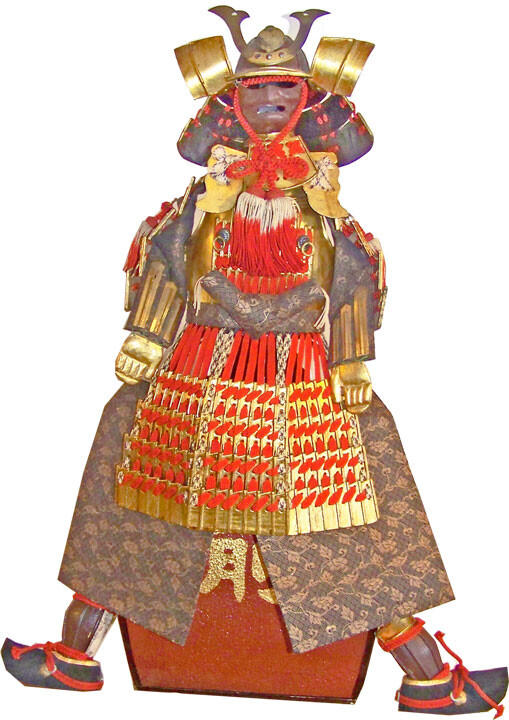








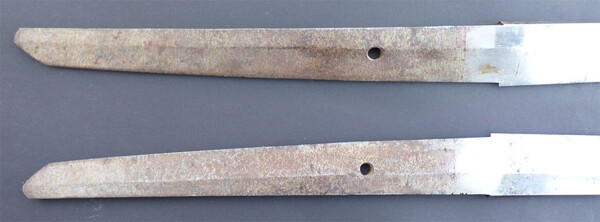




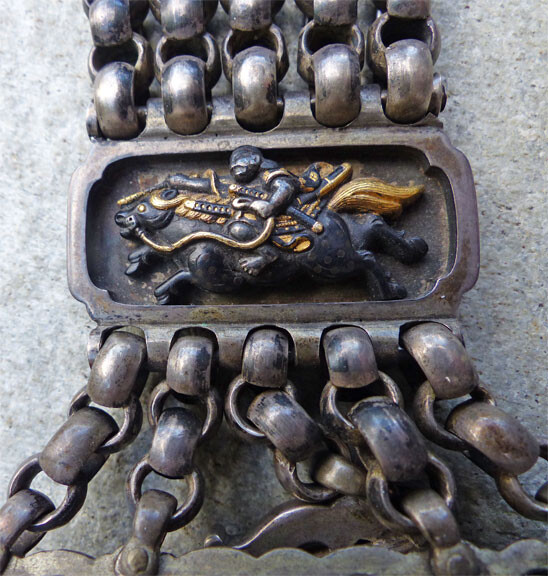







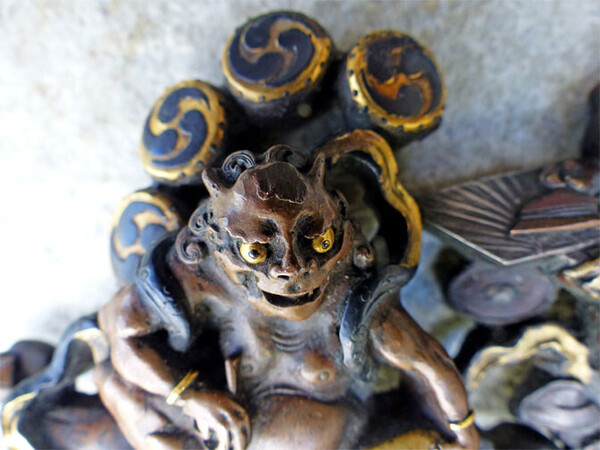

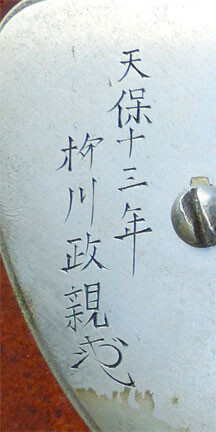
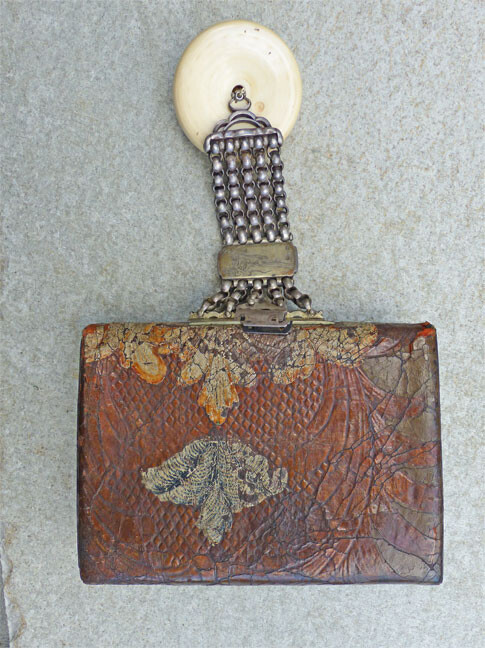














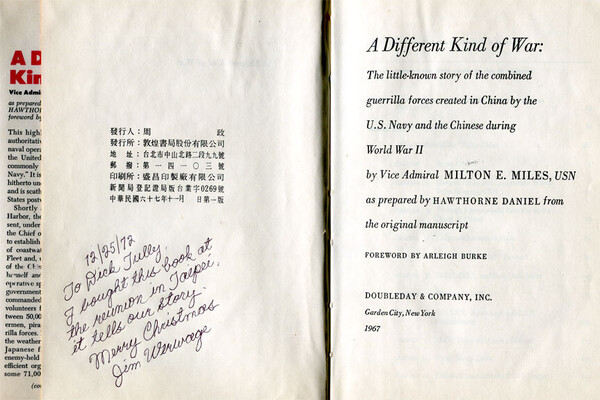











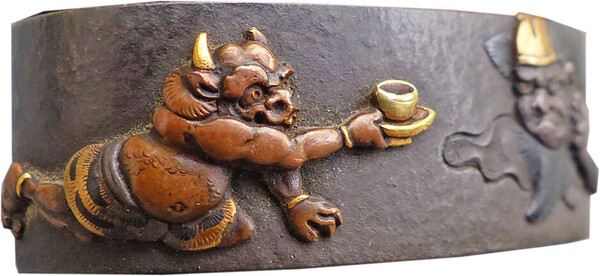








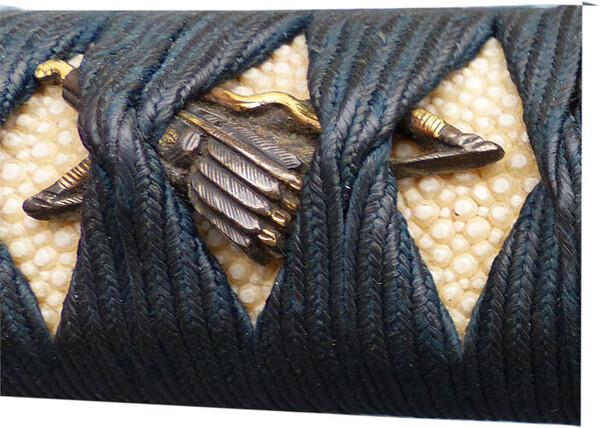


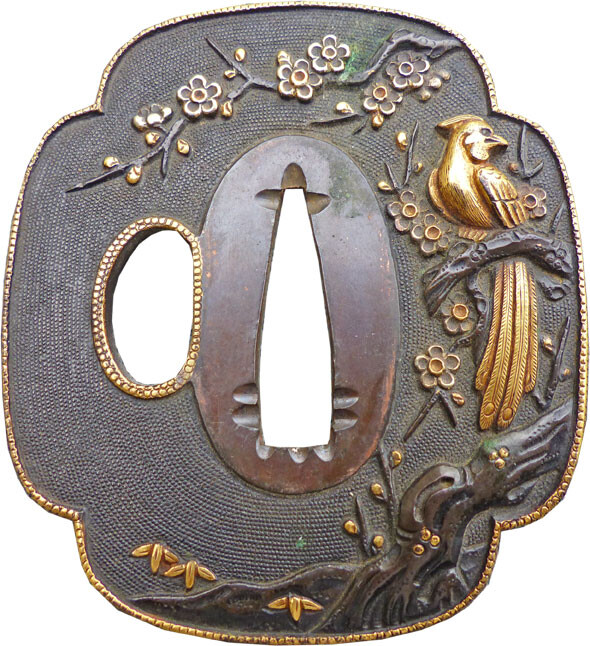
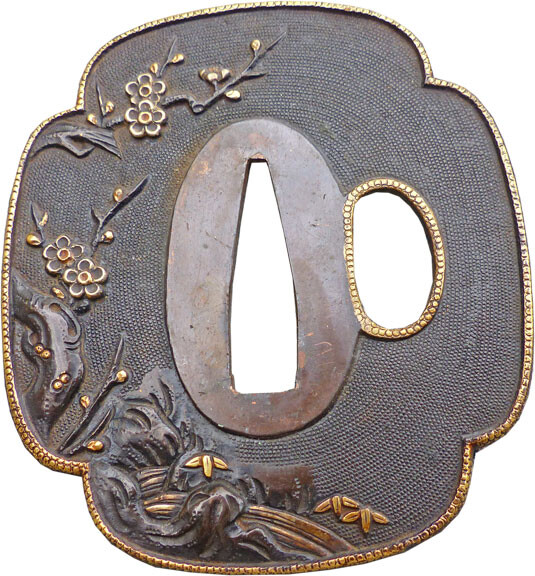

Meiji Bronze Statue of Oni Samurai?
in Other Japanese Arts
Posted
Here is a large high quality Tokyo School Japanese bronze.
Dick